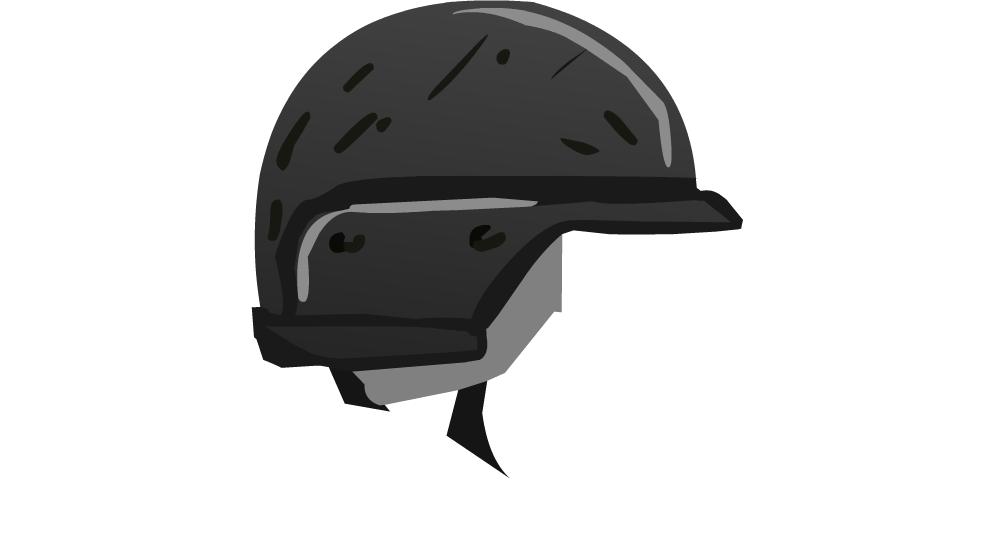


Chancellor Adolf Hitler, urged on by Hermann Göring and Heinrich Himmler, ordered a series of political extrajudicial executions intended to consolidate his power and alleviate the concerns of the German military about the role of Ernst Röhm and the Sturmabteilung (SA), the Nazis' paramilitary organization, known colloquially as "Brownshirts". Nazi propaganda presented the murders as a preventive measure against an alleged imminent coup by the SA under Röhm – the so-called Röhm Putsch. The primary instruments of Hitler's action, which carried out most of the killings, were the Schutzstaffel (SS) paramilitary force under Himmler and its Security Service (SD), and Gestapo ( secret police) under Reinhard Heydrich. Göring's personal police battalion also took part in the killings.

Many of those killed in the purge were leaders of the SA, the best-known being Röhm himself, the SA's chief of staff and one of Hitler's longtime supporters and allies.


 0 kommentar(er)
0 kommentar(er)
